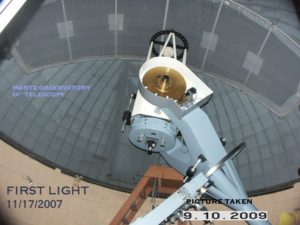Martz-Kohl Observatory
non-profit organization devoted to the amateur astronomer
DCF 1.0
Please Donate
The Marshal Martz Memorial Astronomical Association, Inc. is a 501(c)(3) charity.
You can also support the observatory with purchases from our online store.
Visitor Comments
It is always a pleasure coming here 🙂
Follow us
Facebook
18197930111How to safely use your phone camera for pictures of the upcoming eclipse. ISO certified solar glasses for $1/each donation at the Martz-Kohl Observatory.
A view from space of the shadow caused by a solar eclipse. Our turn on April 8, 2024 about 3:15pm
Copyright © 2024, Martz-Kohl Observatory. Public and Media Relations: andy@martzobservatory.org





